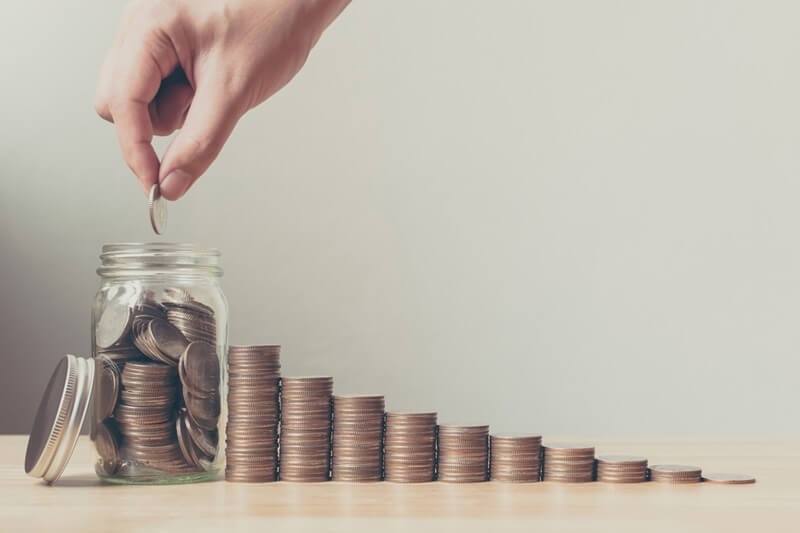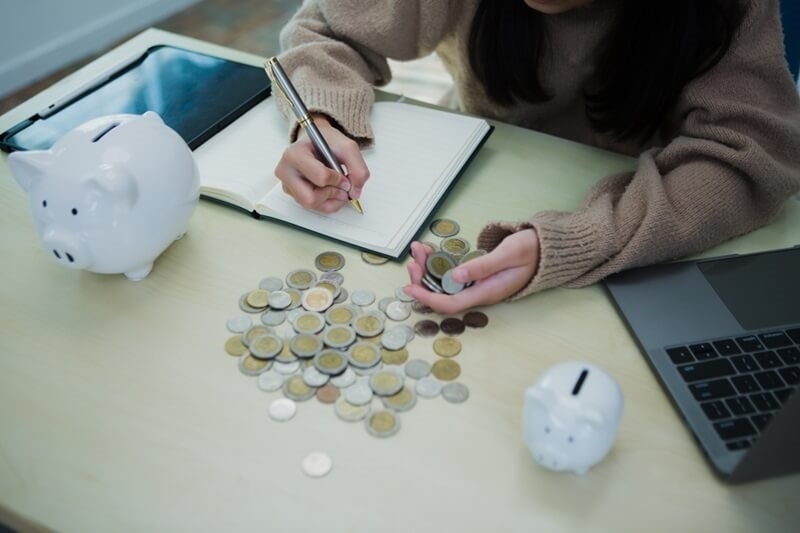
In a time when inflation is rising, job markets are fluctuating, and medical expenses keep going up, keeping an emergency fund has never made more sense than it does now. Money advisers are always cautious about saving for the unexpected, and the secret to that starts with understanding how to create an emergency fund today.
This article will clarify what an emergency fund is, why you need it, step-by-step instructions for creating one, and how to keep it in our complex financial era. Whether you are new to saving or want to maximize your savings plan, these simple guidelines will help you achieve your financial security objectives.
An emergency fund is a reserve of money used for unforeseen expenses. These may include medical crises, car repairs, job losses, or unexpected home repair problems. The fund should not be used for vacations, bargains, or impulse purchases.
The main reason for having an emergency fund is to shield you from financial uncertainty when life dares to throw you a curve. In America, where living expenses run the gamut from land to land and surprise medical expenses can be catastrophic, a good emergency fund is necessary.

If you are wondering why you need to set up an emergency fund today, consider the state of the economy. The layoffs in every sector are happening, interest rates are fluctuating, and living prices have increased significantly in most cities.
Creating a financial buffer today will prepare you to manage what's coming. Begin now, even if it’s in minimal amounts, may prevent the need to resort to credit cards or borrowed money when emergencies happen. It is a move toward financial freedom and security in the future.
Before you start saving, you must know how much to save. The USA's concrete and reasonable emergency savings goal USA is based on your monthly needs. Begin by making an estimate of monthly necessary expenses, like:
After you've set your amount, save 3 to 6 months' worth of these costs. If your lowest monthly costs are $3,000, save $9,000 to $18,000. If you're self-employed or your income is irregular, try for 9 months.
One of the errors folks commit is not so well choosing where they stash their emergency fund. You wish your emergency savings to be conveniently accessible but not so convenient that you will tempt yourself to use it for something non-emergency-related.
Some choices are:
Don't invest in real estate or the stock market. They are not liquid, and you might lose money at the worst possible moment.
Most individuals are keeping off creating an emergency fund since they think they are unable to save much. However, the greatest emergency fund advice 2025 is beginning small and steadily. Saving only $25 a week in the long term counts a great deal.
Give these simple steps a try:
Small victories build momentum. The more your income, the more you can boost your contribution over time.
To accelerate your fund growth, consider where your money is being spent. You don't need to cut out all indulgences, but small adjustments can help you build emergency fund today better.
Review your budget and consider:
Every dollar that you save can go directly into your emergency savings.
Got a tax refund, year-end bonus, or unexpected cash gift? Don't fritter it away. Save at least 50% of any windfall in your emergency fund.
This is among the best American emergency fund methods to gain momentum for saving. Even a single contribution of $1,000 can significantly speed up your progress, especially in the initial stages.
How do you calculate exactly how much emergency fund you should have? It varies depending on your lifestyle, stability of job, and dependents.
Here's a guideline:
Use these figures as a guide and save in proportion to your own risk tolerance. The more you save, the better, but don't let perfection be the enemy of the good.
Your emergency fund should be in a totally separate account from other savings targets such as holidays, education, or a new kitchen. Combining them makes it more likely you'll use it on something that is not an emergency.
Label your emergency fund with a specific name, either in an online account or in a spreadsheet. This makes your goals distinct and simpler to follow.
A few banks even allow you to label your accounts with nicknames or create "buckets" for specific goals. Use this feature to avoid temptation and stay organized.
When trying to save and maintain emergency funds, people tend to fall into these traps:
Don't forget to shield your emergency fund as you build it.
Your life and expenses change. If you’ve moved, had a child, switched jobs, or taken on new responsibilities, reassess your emergency fund.
One of the key emergency fund tips 2025 is to make this review process a habit. Set a calendar reminder to check your balance and goals every six months.
Also, monitor interest rates. If your savings account does not yield good interest, switch to a better one. The more money you earn, the better.
Use financial apps and programs to help manage your funds. Most budget and savings apps can:
These resources facilitate becoming more responsible and following through. If you happen to be computer savvy, enter your savings goal into your monthly budgeting program.
When you achieve your goal, do not save anything at all. You will have to:
Part of US emergency fund strategies includes treating the fund as a living part of your financial plan, not a static milestone.
Also, re-evaluate when major life events occur—marriage, home purchase, new job, or retirement. Your needs evolve, and so should your fund.
It’s called an emergency fund for a reason. Use it only when:
When you do spend it, plan to reload it. The idea is to press "reset" on your savings target.
Learning how to build emergency fund today is one of the greatest money decisions you can ever make. Life is always full of surprises, and having the preparedness brings peace of mind and self-confidence.
Begin with a definite target for emergency savings USA, decide where to invest emergency fund, and start saving—though little by little. Learn how much emergency fund needed for your situation and adhere to sound US emergency fund strategies to keep it in the long term.
This content was created by AI